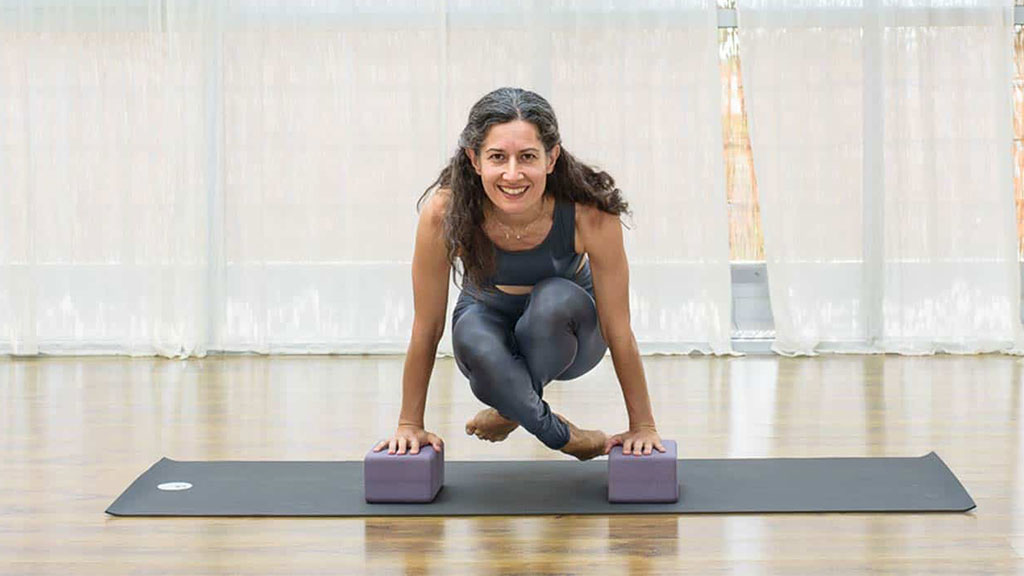Lolasana (pendant) is a challenge to our hands and trunk. Many students avoid it, on the grounds that they do not have strong hands and shoulders. The truth is that, in fact, Lolasana needs not only strong hands and shoulders but also control of the trunk and back. This asana belongs to the arm balances, strengthens the wrists and is perfect for those who work with their hands in repetitive movements. Finally, although it is fantastic to stimulate the hands and torso, it stops triggering the spine and strengthens the muscles of the back, helping those suffering from pain.
Its name comes from the Sanskrit lol, which means “tremulous”, “shake” and the word asana meaning “posture”, “position”.
What we know about the story of Lolasana – according to yoga researcher N.E. Sjoman – is that it was formerly known as jhula (“swing” in the Indian) and belonged to a system of Indian gymnastics, which was described in the text “Light on Exercise” (Vyayama Dipika). T. Krishnamacharya, who today is recognized as one of the 20th Century Yoga giants, used the classic text and probably re-enrolled jhula as well as other exercises, raised them to the level of asana, and changed forever classical yoga.

Traditionally, Lolasana is thought to activate the Muladhara chakra (base) and Manipura (solar grid). Activating Muladhara provides mental and emotional balance and a sense of security while activating Manipura improves our self-confidence and motivation.
Traditionally, Lolasana is thought to activate the Muladhara chakra (base) and Manipura (solar grid). Activating Muladhara provides mental and emotional balance and a sense of security while activating Manipura improves our self-confidence and motivation.
Moving towards the achievement of the asana, you can cross your ankles and sit on your heels, in a variation of Vajrasana and place your palms on the floor next to the tibia.
First, just lift up the pelvis, leaving the feet on the floor. Try it a few times and then lift the pelvis and the one foot a few times. Change the crossing of the ankles and lift the pelvis and the other foot again a few times. To lift both feet at the same time from the floor, you must form a ball with your torso and your bent legs (the ankles crossed). Then you will lift this ball from the floor and support your weight with your hands. As soon as the ball hovers, it begins to move between the hands like a swing. The ankles at the beginning are crossed on the one hand and then the asana is repeated with the ankles crossed over the other.
In all your efforts, you can support your hands-on bricks so that you have a higher height and you can get up from the floor.
Lolasana is not easy, but when you manage to defuse gravity and take off, you will feel a great sense of accomplishment. If you do not manage as fast as you want, do not be disappointed. Asanas are made with a meditative mood and not as part of a list of things to be done. It is good to remember that the benefits of asanas are being gained from the preparation we make.
Finally, I would like to say that from my experience, I understand that if an asana does not teach us humility and does not require all our concentration to be preserved then it is not as beneficial as it could be for our minds. Let us remember this every time an asana that we did easily in the past now find it difficult, or when we are having a hard time with a new asana.
Translated by Marianna Thimiaki




